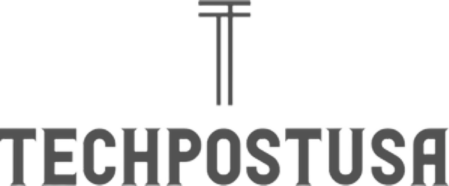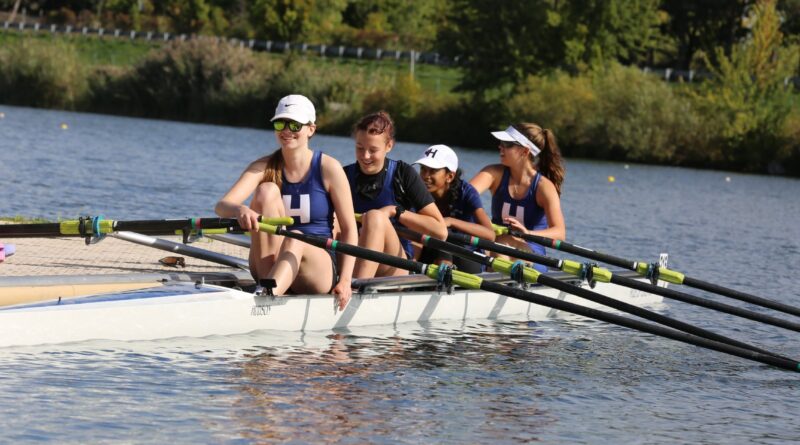Peter A Derow On a Few Technologies That Help Enhance the Rowing Experience and Training
Technology has revolutionized almost every type of sport, including rowing. Rowing was traditionally rooted in decades old techniques that were passed down through coaching. In the opinion of Peter A Derow, however,over the years, rowing has embraced a variety of technological advancements. Modern rowers use diverse types of technologies and tools to improve performance, safety, recovery and overall enjoyment.
Peter A Derow Underlines A Few Technologies That Help the Rowing Experience and Training
The fusion of technology and rowing is steadily creating unparalleled opportunities for athletes to train smarter, perform better, avoid injuries and recover faster. Rowing ergometers, commonly referred to as an “erg,” are widely used today and are a staple of rowing training. Modern ergometers are equipped with advanced features that provide real-time feedback and enhance training regimens. Many of them rowers and coaches to design specific training programs that are tailored to individual needs, so as to facilitate targeted improvements.
Today video analysis is considered to be an essential tool for improving rowing technique. Coaches can record training sessions with high-speed cameras, which allow for frame-by-frame analysis of each stroke. This helps identify subtle inefficiencies in posture, blade work, and timing. Video software allows athletes to compare their strokes against teammates, professional rowers, or even their past performances. This provides clear visual benchmarks for improvement.
As rowing training becomes more intense, so does the need for following effective recovery strategies. There are many innovative, new-age technologies that can help rowers to recover faster and in a more efficient manner. These technologies include smart foam rollers, wearable recovery trackers and EMS (Electrical Muscle Stimulation) devices. Such tools go a long way in improving circulation, lowering muscle soreness and tracking recovery metrics. They allow competitive rowers to optimize their downtime and return to training in peak condition.
Injury prevention is critical for all athletes, including competitive rowers. They may use new technologies that provide insights into biomechanics and movement patterns to lower the odds of injuries. Wearables and sensors would help alert the rowers about imbalances or incorrect techniques that can lead to injury, so that the rowers can take corrective action before issues become more serious. Following such a proactive approach to injury prevention can help ensure consistent training and enable rowers to achieve long term success.
According to Peter A Derow, the personalization of rowing equipment is another domain where technology is making a huge impact. It is becoming increasingly common to find custom footplates, seats, and oar grips that are tailored to the body dimensions and references of the rower. These custom items help improve comfort in the boat. A high level of customization even extends to the training programs for rowing. Many AI-driven coaching apps and platforms have come up today that can analyse the performance data of rowers in order to create personalized workout plans. These plans are tailored to the goals, strengths, and areas for improvement of the rowers. Following such a personalized approach helps make sure that each and every minute of training is optimized for the development of the rower.




